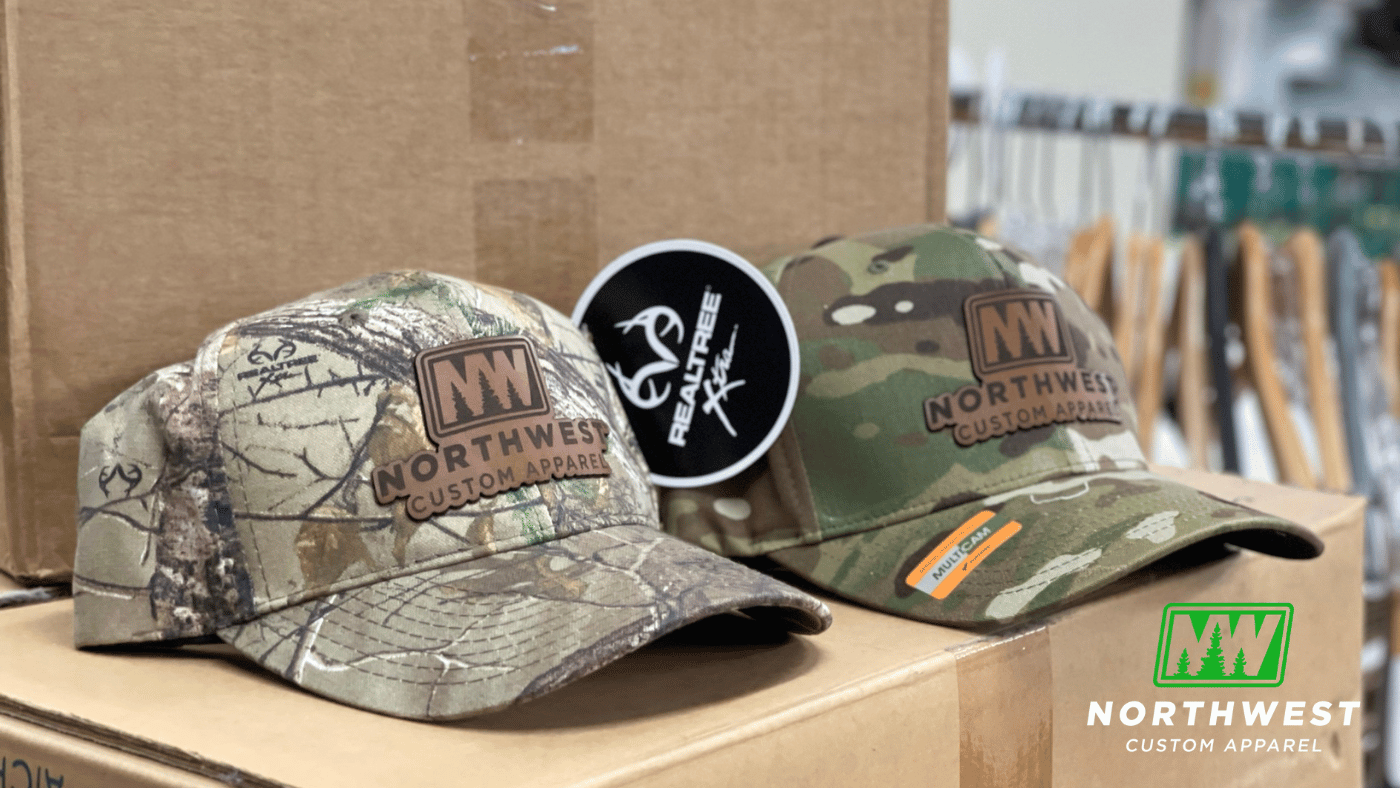 Cap film is a screen printing process that has gained increased attention in recent years due to its versatility and ease of use when printing on curved surfaces like hats, sleeves, and pockets. Compared to traditional methods, cap film offers improved registration, better results, and a faster turnaround time. As a result, it has become a valuable addition to any screen printing shop’s capabilities, making it a secret weapon for curved printing. In this article, we will delve deeper into the benefits and applications of cap film, highlighting its value for screen printers who are looking to expand their capabilities. We will discuss the proper usage and exposure of cap film, providing technical information and precise instructions for achieving optimal results. Whether you are a seasoned screen printer or just getting started, this article will provide you with the information you need to unlock the full potential of cap film and take your curved printing to the next level. Benefits and Uses Capillary film provides a range of benefits for screen printing on curved surfaces, including improved registration, ease of use, and the ability to print on a variety of materials, making it a valuable addition to any screen printing shop’s capabilities. Cap film is a printing technology that allows for the transfer of ink through a fine mesh screen onto a substrate. It works by using the capillary action of the mesh to draw ink through a stencil, which is created by exposing the film to light. This creates a precise image that can be printed onto curved surfaces such as hats, sleeves, pockets, and other irregular shapes. Cap film suppliers offer a range of options for screen printers, including different mesh counts, thicknesses, and sizes. It is important to choose the correct mesh count for the specific application, as this will affect the amount of ink that is transferred and the quality of the print. Cap film is generally more expensive than traditional methods, but it can save time and provide better results. It can be reused multiple times, making it a cost-effective option over time. Cap film can be used with both manual and automatic presses, and can be used for printing on a variety of materials including leather, mesh, and non-textile items such as mugs and bottles. Proper Usage and Exposure The proper usage and exposure of cap film is a critical aspect of achieving the desired results in screen printing. It is imperative to ensure that the film has been exposed correctly before starting the printing process. Proper exposure time will depend on factors such as the type of ink used, the color of the garment, and the mesh count. Typically, cap film requires a longer exposure time than traditional methods due to its thickness. It is recommended to use a light meter to measure the correct exposure time accurately. Troubleshooting tips for cap film include checking the mesh count, using a higher tension screen, and double-checking the exposure time. It is essential to use the correct mesh count when using cap film, as using a mesh that is too fine can lead to the ink not passing through the stencil properly. Additionally, using a higher tension screen can help ensure that the ink is applied evenly and accurately. If the print does not come out as desired, it is crucial to double-check the exposure time and possibly increase it to achieve better results. Cap film alternatives include traditional methods such as direct screen printing or heat transfers, though these methods may not provide the same level of accuracy and ease of use that cap film provides. Expanding Your Capabilities Expanding the range of surfaces and materials that can be printed on is a valuable consideration for screen printing shops looking to enhance their capabilities. Cap film provides a cost-effective and efficient way to print on curved surfaces like hats, sleeves, and pockets with better registration and ease of use than traditional methods. Moreover, it can be used for printing on non-textile items like mugs, bottles, golf balls, and hockey pucks, as well as on irregular surfaces like leather and mesh. One way to expand the capabilities of cap film is to use a jig set up that allows for printing on multiple items at once with consistent registration. This method saves time and increases productivity, making it an attractive option for screen printing shops looking to streamline their processes. Additionally, a cost comparison between using cap film and traditional methods shows that while cap film may be more expensive initially, it saves time and provides better results, making it a worthwhile investment for screen printing shops looking to expand their capabilities.
0 Comments
Leave a Reply. |
Categories
All
Archives
June 2023
AuthorErik Mickelson ,the Operations Manager since 1996 is a 2nd generation embroider. Erik started fulltime in his family's company after is graduation from Washington State University in 1996. |